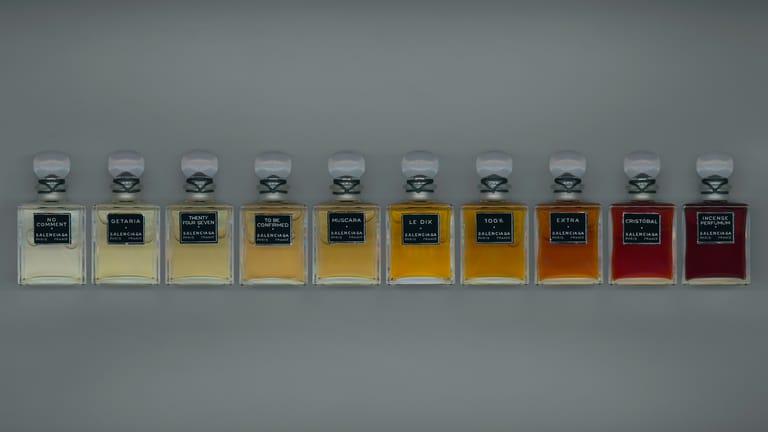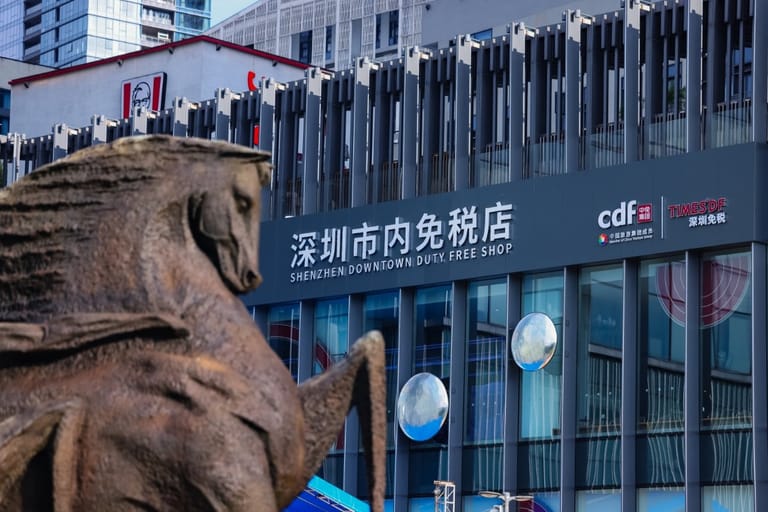Trip.com RecordsStrong Revenue Growth, Lululemon Celebrates Align 10th Anniversary and Maia Active Announces New Ambassador
By
Flora Gu

Published on
May 20, 2025

Maia Active Names Esther Yu as Brand Ambassador

On May 20, Chinese activewear brand Maia Active announced actress and singer Esther Yu as its new brand ambassador. The collaboration marks a new phase in the brand’s evolution and aims to deepen its connection with Asian women through product innovation and brand expression. Known for her vibrant and authentic image, Yu embodies the spirit of the “Maia Girl”, energetic, emotionally aware, and self-assured. Her partnership spotlights the brand’s signature product, the “Waist-Sculpting Pants,” designed specifically for Asian body types.
Lululemon Marks Align 10th Anniversary with Large-Scale Yoga Festival
Lululemon celebrated the 10th anniversary of its Align line with its largest community yoga event in China, held at Beijing Workers’ Gymnasium. The event featured diverse yoga sessions attended by over 5,000 participants, with appearances by brand ambassadors. The gymnasium seats were transformed into a large-scale art installation by illustrator Inkee Wang, highlighting the brand’s yoga community. A short documentary and themed podcasts were also released to explore the meaning of connection through yoga.
Trip.com Records Q1 Revenue Up 16 Percent Year-on-Year
Trip.com Group reported RMB 13.8 billion in net revenue for Q1 2025, marking a 16 percent year-over-year increase. Net profit reached RMB 4.3 billion. Revenue from hotel bookings, transportation, tours, and corporate travel came in at RMB 5.5 billion, 5.4 billion, 947 million, and 573 million respectively. Inbound travel orders doubled year-on-year, with hotel bookings from key visa-free Asia-Pacific markets up over 240 percent. Outbound travel surpassed pre-pandemic 2019 levels by over 20 percent. The company also launched 34 rural resorts, creating over 40,000 jobs, mainly for local residents.
Xiaomi Begins Mass Production of Self-Developed Xring O1 Chip
Xiaomi founder Lei Jun announced that the company has started mass production of its in-house developed Xring O1 mobile chip. The chip will first be used in two upcoming devices: the Xiaomi 15S Pro smartphone and the Xiaomi Pad 7 Ultra. The news was shared on Lei’s official Weibo account on Tuesday.
Yatsen Holding Reports Revenue Growth
Yatsen Holding Limited reported strong results for Q1 2025, with total net revenues rising 7.8 percent year-over-year to RMB 833.5 million, driven by a 47.7 percent surge in skincare brand revenues. Gross margin improved to 79.1 percent, and net loss narrowed significantly to RMB 5.6 million, with non-GAAP net income turning positive at RMB7.1 million. Operating expenses declined 8.6 percent, reflecting more efficient cost control.
China EV Makers Face Margin Pressure Amid Ongoing Price Competition
Chinese electric vehicle makers continue to face margin pressure as price competition intensifies in the world’s largest auto market. According to JPMorgan, average vehicle discounts in China hit a record 16.8 percent in April, up from 16.3 percent in March. Despite government efforts to stabilize pricing, EV demand has yet to show significant growth. The prolonged discounting trend is contributing to uncertain earnings prospects for many automakers.
Adidas Originals Launches First Pet Collection in China
Adidas Originals has debuted its first pet apparel and accessories line in China, expanding into the lifestyle and pet markets. The collection includes matching cotton tees for pets and owners, leather collars, and PU pet carriers, all featuring the brand’s signature Trefoil logo and design elements. The range caters to various pet sizes and emphasizes coordinated styling between humans and their pets. The collection launches exclusively in Shanghai on May 20, followed by an online release on May 27.
China Sees $17.3 Billion Capital Inflow Amid Global Trade Tensions
China recorded a net capital inflow of $17.3 billion into its bond and equity markets in April, despite ongoing trade tensions with the US Analysts attribute the shift to changing global investment patterns and rising investor interest in Chinese assets. The movement contrasts with concerns over US markets, including higher Treasury yields and credit rating shifts.












